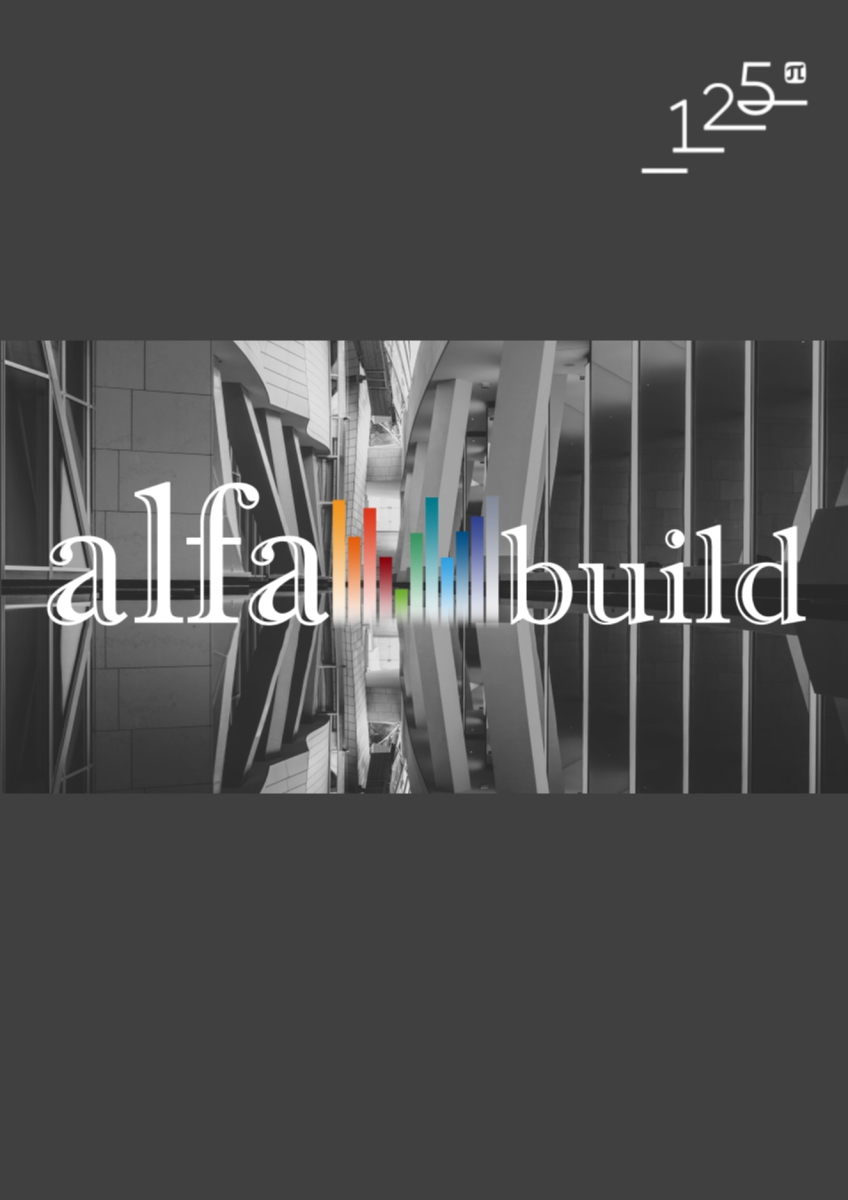The lower limit of natural frequency and the oscillation spectrum of a planar truss
The point masses at the nodes are employed to model the inertial characteristics of a flat truss model with articulated supports. Each mass has two degrees of freedom. The statically determined structure's stiffness matrix is ascertained using the Maxwell-More equation. Implementing the secant knots technique within the Maple computer mathematical system is employed to derive the forces exerted on the anchor rods through analytical means. The minimum value for the first natural frequency is determined via the employment of the Dunkerley method. Individual solutions for trusses with a sequentially increasing number of panels are generalized to the arbitrary case by the double induction method on the number of panels in the beam and the number of panels in the supporting side parts of the truss. The analytical correlation is juxtaposed with the numerical resolution of the problem on the spectrum of natural frequencies of the structure. As the quantity of panels is augmented, there is a corresponding enhancement in the precision of the analytical evaluation, as demonstrated in empirical findings.



